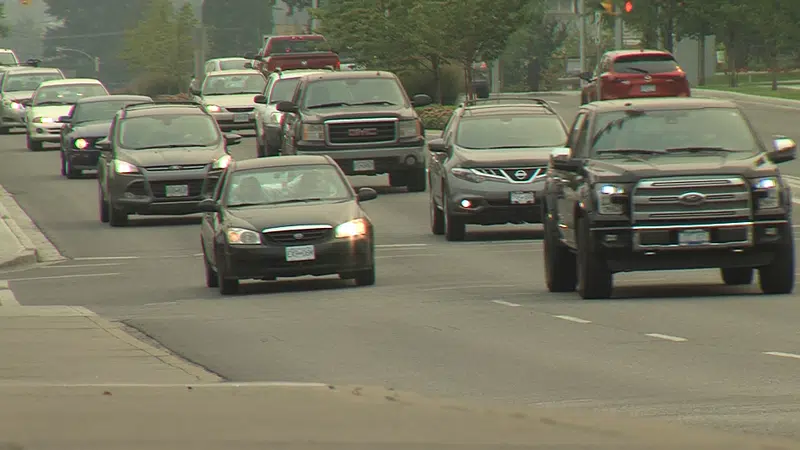
GINTA: Rules and common sense can make our roads safer, but that’s not enough
THERE IS HARDLY A WEEK OR WEEKEND that goes by without news of car crashes on our highways or within city limits. Too many of them are fatal. Whether you are a driver, passenger, cyclist or pedestrian, once you’re out on the road you get to see it up close and it is scary.
People rush to get ahead, to catch that yellow light which often becomes a full red, they drive distracted or under the influence (more so in the summer when partying is in full swing), some tailgate and others switch lanes at the last moment or without signaling. Then there are those who drive their cars with or without attachments such as trailers or campers, without properly securing the cargo. A big peeve of mine is dogs bouncing in the back of a truck, tied or not, but without the protection of a solid kennel. (Not in the summer heat, of course.)
A cardboard box can be startling as it flies your way from the back of truck; a jerrycan can cause some serious damage. But try to imagine what a kayak can do. We saw one badly battered by the side of the highway on the way back from a weekend in North Shuswap. Two RVs were stopped haphazardly ahead of the fallen kayak, with two men running back towards it, looking panicked — for good reason. Can you imagine a kayak flying into your windshield as you drive 100 km/h on the highway?
Having good reflexes and being aware of everything that happens around you when you drive, ride or walk, can get you safely to where you are going — most of the time, anyway. You may have seen the video of the close call that occurred during the Penticton Granfondo when the driver of a truck had to veer into the opposing traffic lane — thankfully no vehicles were coming — to avoid hitting the cyclists who suddenly spilled into his lane due to two of them colliding. Luck, attention, and good reflexes led to no injuries or fatalities.


